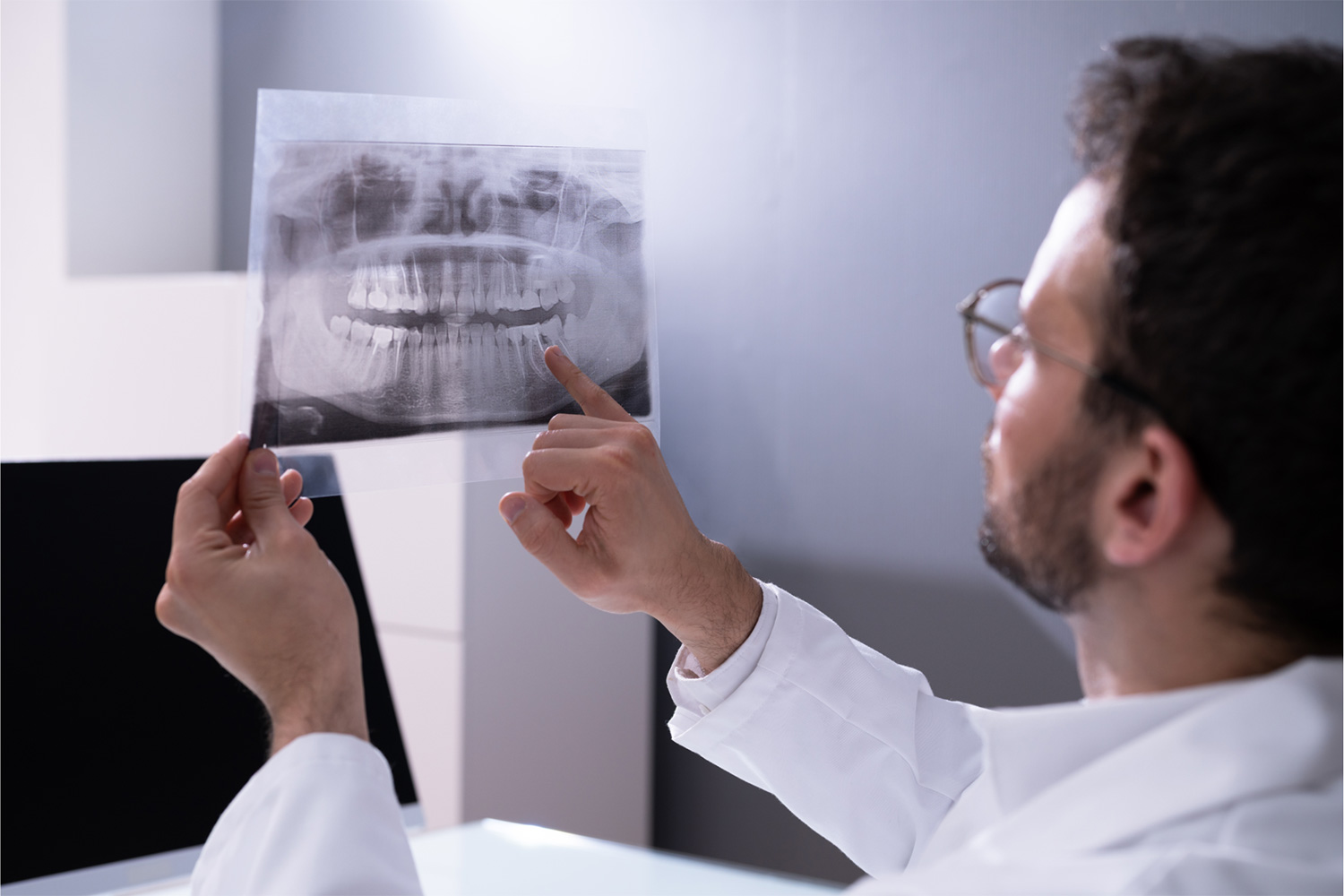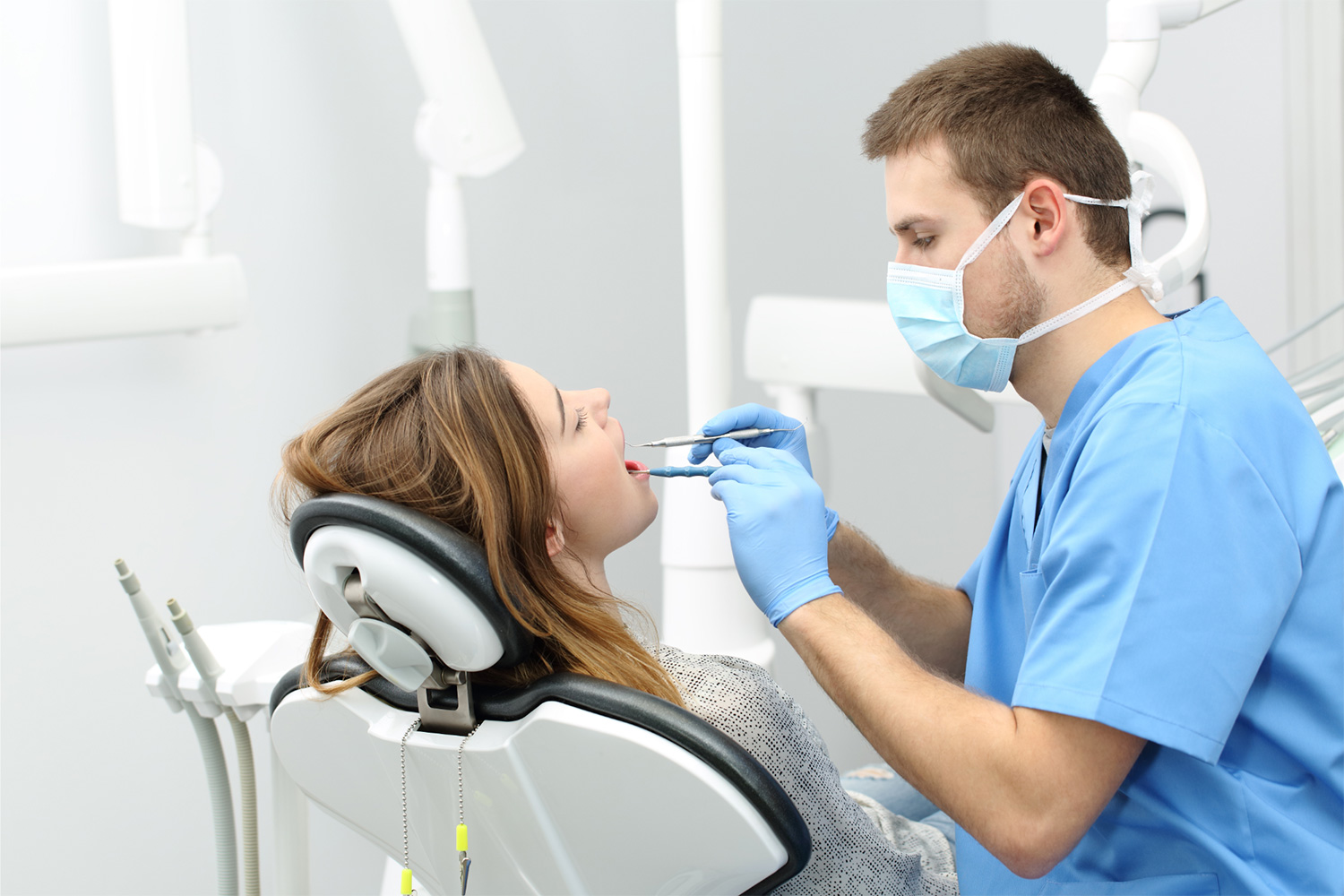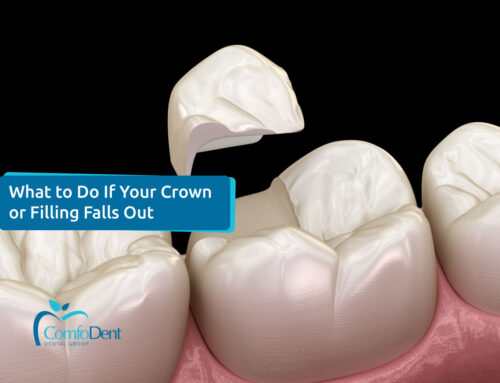Wisdom teeth removal is a common dental procedure that many individuals undergo during their late teens or early twenties. These third molars often cause problems such as crowding, misalignment, or pain, making their removal necessary. At Comfodent Dental Group, we strive to ensure that patients fully understand the procedure and recovery process, helping them feel confident and well-prepared for their treatment.
Why Are Wisdom Teeth Removed?
Wisdom teeth, also known as third molars, typically erupt between the ages of 17 and 25. While some individuals may not experience issues with their wisdom teeth, others encounter problems such as:
- Crowding: Wisdom teeth can push against adjacent teeth, leading to misalignment.
- Impaction: If the teeth are trapped beneath the gumline or jawbone, they are considered impacted and may cause pain or infection.
- Decay and Gum Disease: Due to their location at the back of the mouth, wisdom teeth are harder to clean, increasing the risk of cavities and gum problems.
- Cysts or Damage to Surrounding Teeth: In rare cases, impacted wisdom teeth can form cysts or damage neighboring teeth and bone structures.
The Wisdom Teeth Removal Procedure
Understanding what happens during wisdom teeth removal can alleviate anxiety and help patients feel more at ease.
1-Consultation and Evaluation
The first step is a thorough consultation with your dentist or oral surgeon. Using X-rays and oral exams, the dental professional assesses the position and condition of the wisdom teeth. They will discuss the risks, benefits, and options for sedation.
2-Preparation for Surgery
On the day of the procedure, patients are advised to:
- Avoid eating or drinking for several hours before surgery if undergoing sedation.
- Arrange transportation home, as the effects of sedation can linger.
3-Anesthesia Options
Depending on the complexity of the removal and patient preference, anesthesia options may include:
- Local anesthesia to numb the area.
- Sedation anesthesia for a relaxed, semi-conscious state.
- General anesthesia, which renders the patient fully unconscious.
4-Extraction Process
The dentist or oral surgeon begins by making a small incision in the gum tissue (if necessary) to access the tooth. Impacted teeth may require the tooth to be broken into smaller sections for easier removal. Once the tooth is extracted, the area is cleaned, and stitches may be placed to promote healing.
5-Post-Surgery Instructions
Patients are given detailed aftercare instructions to ensure a smooth recovery. These instructions include managing discomfort, reducing swelling, and maintaining oral hygiene.

The Recovery Process
Recovery from wisdom teeth removal typically takes about one to two weeks. Understanding each stage of the recovery process can help patients manage their expectations and take appropriate measures to heal effectively.
1-Immediate Post-Surgery Period (Day 1-2)
- Swelling and Bleeding: Some swelling and mild bleeding are normal. Patients should bite down gently on gauze to control bleeding and apply ice packs to minimize swelling.
- Pain Management: Over-the-counter pain relievers or prescribed medications can help manage discomfort.
- Diet: Stick to soft foods such as yogurt, applesauce, and broth. Avoid hot, spicy, or crunchy foods.
2-Early Healing Phase (Day 3-5)
- Reduced Swelling: Swelling should begin to subside around the third day.
- Oral Hygiene: Patients can gently rinse their mouth with warm salt water but should avoid vigorous rinsing or spitting to prevent dislodging the blood clot at the extraction site.
- Activity Level: Avoid strenuous activities that may increase blood pressure and disrupt healing.
3-Later Healing Phase (Day 6-14)
- Gradual Improvement: Most patients notice a significant improvement in swelling and discomfort by the end of the first week.
- Diet Expansion: Gradually reintroduce soft, chewable foods as the extraction site heals.
- Follow-Up Visit: Attend any scheduled follow-up appointments to ensure proper healing and address concerns.
Tips for a Smooth Recovery
To recover quickly and avoid complications, follow these essential tips:
- Keep the Head Elevated: Use extra pillows to prop your head up while sleeping to reduce swelling.
- Avoid Smoking and Alcohol: These can interfere with the healing process and increase the risk of infection.
- Stay Hydrated: Drink plenty of water but avoid using a straw, as the suction can dislodge the blood clot and cause a painful condition called dry socket.
- Take Medications as Prescribed: Follow the dentist’s instructions regarding antibiotics and pain relievers.
- Report Unusual Symptoms: Contact your dentist immediately if you experience severe pain, persistent bleeding, or signs of infection such as fever or swelling.

Potential Risks and Complications
While wisdom teeth removal is generally safe, being aware of potential risks can help patients make informed decisions:
- Dry Socket: This occurs when the blood clot at the extraction site is dislodged, exposing the underlying bone and nerves.
- Infection: Signs of infection include redness, swelling, and discharge from the site.
- Nerve Damage: Rarely, the procedure may affect nearby nerves, causing temporary or permanent numbness.
At Comfodent Dental Group, our experienced team takes every precaution to minimize risks and ensure a successful procedure.
Conclusion
Wisdom teeth removal may seem daunting, but understanding the process and recovery can make the experience much smoother. By following the advice of your dental professional and adhering to aftercare instructions, you can ensure a successful recovery. If you’re experiencing discomfort or have concerns about your wisdom teeth, contact Comfodent Dental Group today to schedule a consultation. Let us help you achieve a healthy, pain-free smile!






